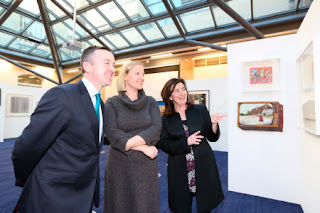The Glue Factory, 22 Farnell Street, Glasgow, G4 9SE
10 October – 2 November, 2013: Thursdays, Fridays & Saturdays, 12-6pm.
Preview: Thursday 10 October, 6-9pm.
I want to be your dog is an exhibition that isn’t about anything in particular – but I guess if it were to be about something it would probably be about dogs. If not, it might be about sex, or submission, or Iggy Pop. Or it might be about all of these things, or it might be about something else entirely.
Artists: Beagles & Ramsay / Bryan Derballa / Cathrine & Katharine / David Eager Maher / Erica Eyres / Gavin Turk / Georgia Rose Murray / Harry Hill / Jim Fitzpatrick / Joe Duggan / Lewis den Hertog / Magda Archer / Michael Beirne / Nevan Lahart / Paul Hallahan / Rachael Corcoran / Rachel Maclean / Richard Kern / Sonia Shiel / Stephen Marshall / Vanessa Donoso-Lopez / And quite possibly Lee Welch
Curated by Rachael Corcoran.

-

Vanessa Donoso López, installation shots, The Glue Factory, Glasgow 2013































